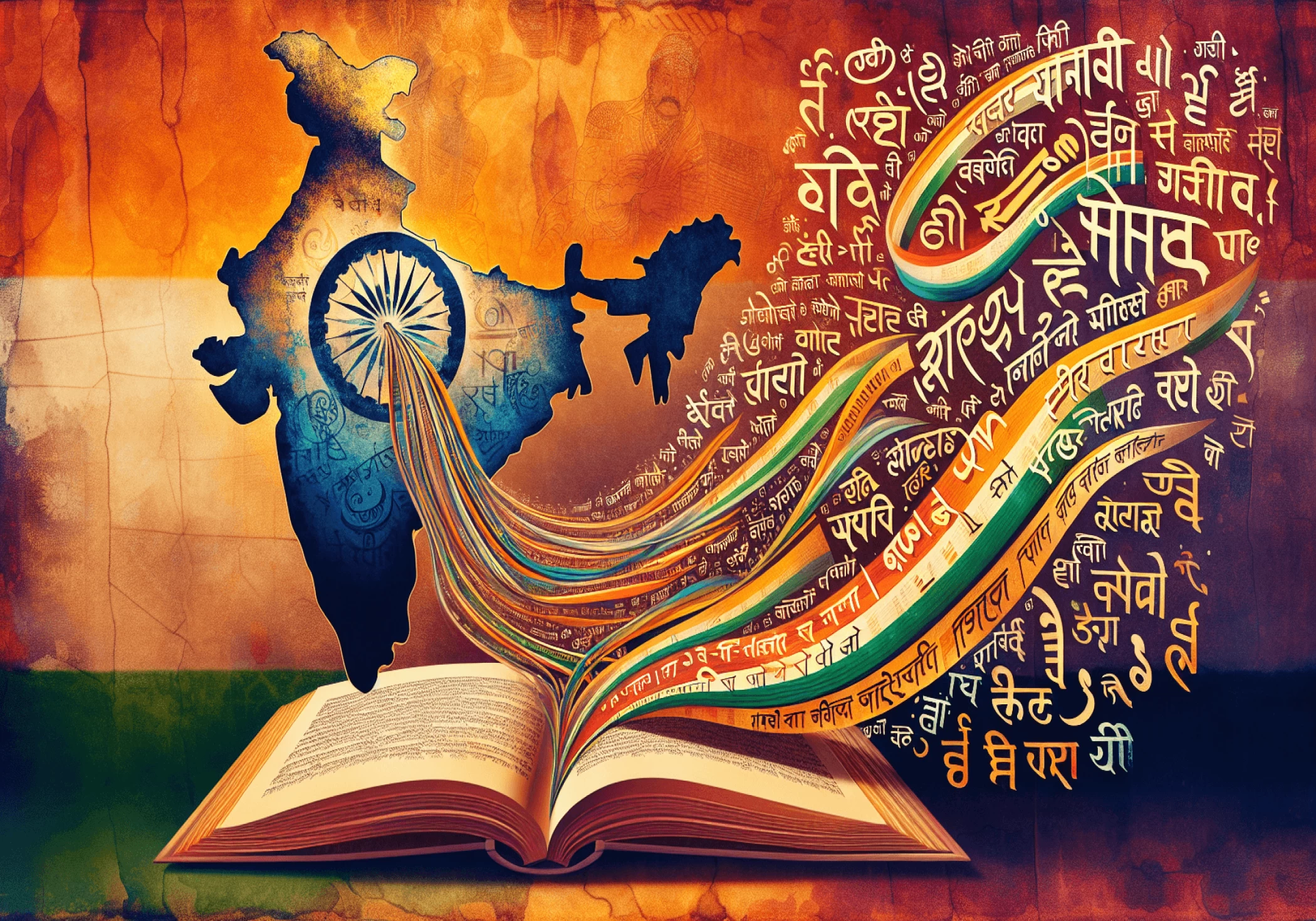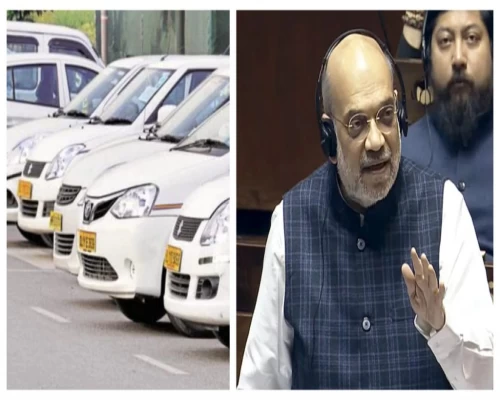
New Delhi: The Union Cabinet, chaired by Prime Minister Narendra Modi, has approved the conferring of Classical Language status to five languages, Marathi, Pali, Prakrit, Assamese, and Bengali. This decision highlights the cultural significance and heritage embedded in these languages, which have been influential throughout India's history.
The concept of Classical Language was introduced in 2004, with Tamil being the first language to receive the designation. The criteria for this status include the language's antiquity, a rich body of ancient literature, and an original literary tradition that has not been borrowed from other speech communities. The standards were revised in 2005, raising the bar to ensure that only languages with an extensive recorded history of 1,500 to 2,000 years could qualify. Since then, languages such as Sanskrit, Telugu, Kannada, Malayalam, and Odia have also been recognised as Classical Languages.
The latest decision comes after years of evaluation by the Linguistic Experts Committee, which operates under the Sahitya Akademi. The committee reviewed proposals from Maharashtra, Bihar, Assam, and West Bengal, each requesting Classical Language status for Marathi, Pali, Prakrit, Assamese, and Bengali. Following their evaluation in July 2024, the committee unanimously agreed that all five languages met the required criteria for the Classical Language designation.
This recognition will not only highlight the importance of preserving these ancient languages but will also create new opportunities in the academic and research sectors. Institutions across the country will have greater resources to promote the study and preservation of Classical Languages, while the digitisation, translation, and documentation of ancient texts are expected to generate jobs in related fields.
In recent years, the government has taken several steps to support the study of Classical Languages. In 2020, three Central Universities were established to promote Sanskrit, and centres for Kannada, Telugu, Malayalam, and Odia studies were set up under the Central Institute of Indian Languages in Mysuru. National and international awards have also been instituted to honour contributions to Classical Languages.
With the addition of these five languages to the list, the cultural and educational landscape of India is expected to benefit from the increased focus on the preservation and promotion of its rich linguistic heritage.
BI Bureau








_500_x_400.webp)




